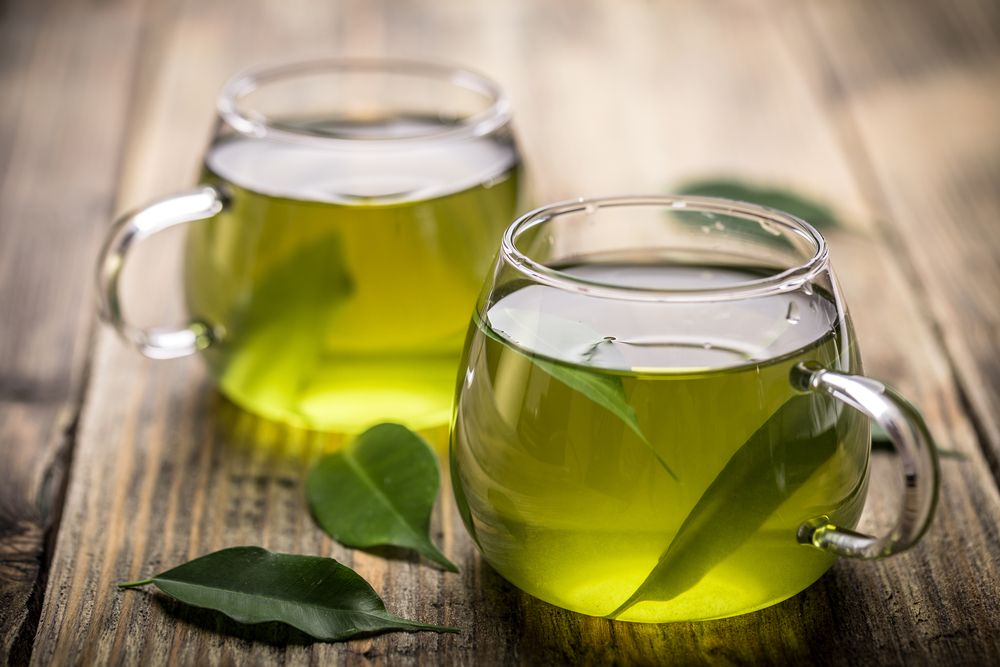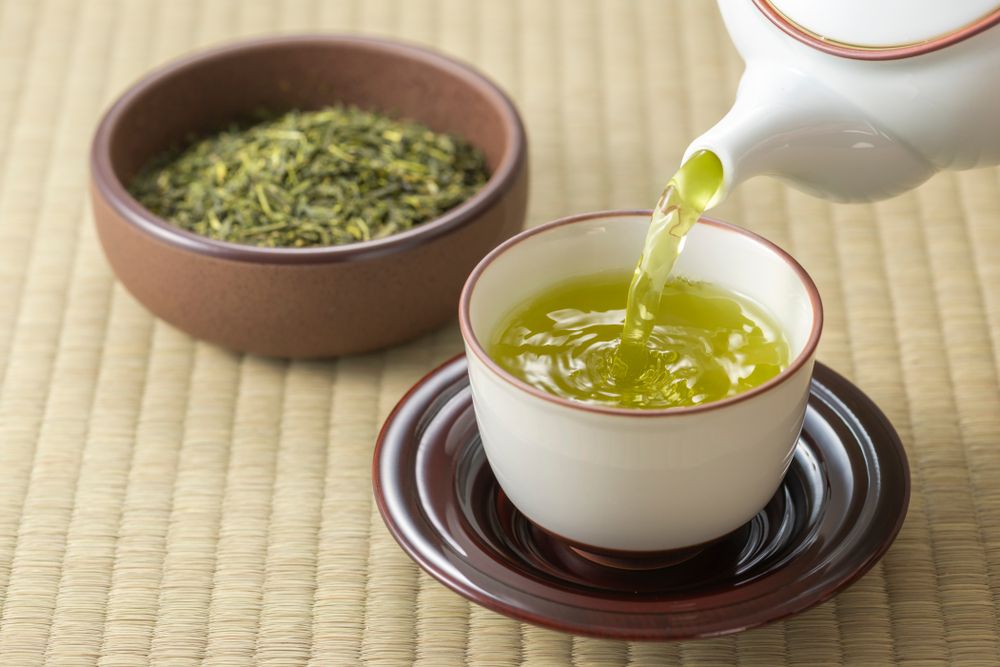
Tea is the second most popular beverage in the world, just behind water, with about 80% of American households keeping it stocked, according to the U.S. Census Bureau. Black tea leads in popularity, making up about 84% of all tea consumed in the U.S., while green tea accounts for around 15%. Given this large difference in consumption, you might wonder: is one of these teas actually healthier than the other?
Let’s dive into the science to compare the benefits of black tea versus green tea.
Background and Origins: What's the Difference?

Here’s a fun fact: both black and green tea come from the same plant, Camellia sinensis, but their differences arise from how they are processed. After the tea leaves are harvested, they undergo wilting and oxidation, which contribute to the tea’s unique aroma and color. However, by applying heat, the oxidation process can be halted, deactivating the enzymes. This is how various teas, like black and green, are made.
Now, let’s take a closer look at these differences.
What is Black Tea?

Black tea is produced from the fully oxidized and fermented leaves of the Camellia sinensis plant, giving it a bold, robust flavor. During the oxidation process, the leaves are exposed to air, which enhances their color and intensifies the flavor. Afterward, the leaves can be left whole or heated, dried, and crushed to create black tea. This results in a dark-colored tea with a strong, sometimes bitter taste.
Some of the most popular pure black teas include Assam and Darjeeling, while popular blended varieties include Earl Grey, Bigelow, and Chai teas.
What Is Green Tea?

Green tea is also made from the leaves of the Camellia sinensis plant, but it uses young, unfermented leaves. Unlike black tea, green tea leaves are quickly treated with heat to prevent oxidation, preserving their natural enzymes. Pan frying or steaming is essential to halt oxidation and maintain the tea’s delicate flavor.
Sencha is the most popular variety of green tea, and other types, such as Matcha, Bancha, and Gyokuro, are derived from it. The flavor profile of green tea can vary depending on the type, but overall, it is milder compared to the strong taste of black tea.
It's also important to note that factors like water temperature, steeping time, and tea concentration can significantly influence the flavor of both green and black teas.
Nutritional Differences: How Do They Compare?

Black and green tea have similar nutrient profiles, both containing caffeine, antioxidants, and important phytonutrients. When prepared with 1 gram of tea leaves per 100 milliliters of water and brewed for three minutes, a typical tea contains about 250 to 350 milligrams of tea solids. These solids are made up of roughly 30-42% catechins (polyphenols), beneficial phytonutrients that help support overall health, and 3-6% caffeine.
The Impact of Processing and Oxidation
The main nutritional differences between black and green tea come from the processing and oxidation methods used. Both teas have similar amounts of polyphenols, but the types of flavonoids (phytonutrients) differ due to the way each tea is processed. These unique methods result in distinct health benefits, which we’ll explore in the next section.
Calorie Content and Caffeine Levels
Both black and green tea are virtually calorie-free and contain similar amounts of caffeine.
- Black tea: A 1-cup serving has zero calories, less than 5 milligrams of naturally occurring sodium, and contains about 26 milligrams of caffeine.
- Green tea: A 1-cup serving has fewer than 2 calories, a small amount of protein (0.25 grams), and slightly more caffeine at 29 milligrams. It also provides trace amounts of vitamins and minerals, including iron, magnesium, potassium, sodium, zinc, manganese, and several B vitamins (thiamin, riboflavin, niacin, and vitamin B-6).
Nutrient Differences: Do They Matter?
While green tea has slightly more vitamins and minerals than black tea, the differences are relatively minor. While every bit of nutrition counts, the most important factor is choosing the tea you enjoy and will drink regularly. When healthy actions become habits, the true benefits of medicinal foods like tea can be realized.
Health Benefits of Black Tea vs. Green Tea

Decades of research have shown that the phytonutrients in both black and green tea can support cardiovascular and metabolic health. More recent studies suggest that these teas may also provide potential benefits for anti-aging, anti-diabetic, and anti-cancer treatments. The primary contributors to these benefits are catechins and theaflavins, powerful phytonutrients found in both teas.
However, the different processing methods for black and green tea lead to slight variations in their antioxidant profiles. Black tea undergoes oxidation and fermentation, during which catechins are converted into compounds called theaflavins and thearubigins. These compounds give black tea its dark color and bold, sometimes bitter flavor.
In contrast, green tea is not oxidized or fermented, which helps it retain a higher concentration of catechins, particularly epigallocatechin-3-gallate (EGCG). EGCG is often highlighted in research for its health benefits. It's important to note that this doesn’t mean green tea has more or better polyphenols than black tea—just different ones.
Unique Black Tea Benefits

Considering that black tea is consumed more widely than green tea, it's important to highlight the unique health benefits it offers as well.
Black Tea and Weight Management
A 2016 study published in Molecules suggested that black tea polyphenols might be more effective than green tea polyphenols for promoting weight loss. However, much of this research was conducted on animal models, so we can't fully apply these findings to humans just yet. That said, enjoying a cup of black tea—especially since it’s naturally calorie-free and unsweetened—could still support your weight loss efforts if that's your preference.
Anti-Inflammatory and Diabetes Support
A 2019 review in the International Journal of Health Sciences highlighted the beneficial effects of black tea, particularly its anti-inflammatory properties and potential support for diabetes management. While both green and black teas have anti-inflammatory benefits, black tea contains higher levels of theaflavins, which may provide stronger antioxidant protection. These theaflavins help neutralize free radicals in the body, potentially reducing inflammation and promoting heart health.
Unique Green Tea Benefits

While both green and black tea share anti-inflammatory properties, green tea has gained attention in recent years for its potential role in cancer prevention and adjunctive therapies.
Green Tea and Cancer Prevention
A 2020 study published in the International Journal of Molecular Sciences examined how green tea’s catechins—especially epigallocatechin, epicatechin gallate, and epigallocatechin gallate (EGCG)—play a significant role in cancer prevention. Researchers found that these compounds work together to neutralize free radicals, reduce inflammation, and induce cancer cell death without harming healthy cells.
Green tea polyphenols have been shown to inhibit the growth of cancer cells and lower cancer risk, particularly in prostate, pancreatic, breast, and stomach cancers. While green tea cannot replace medical treatments like chemotherapy, incorporating it as a complementary therapy aligns with the "food as medicine" approach in disease prevention and treatment.
Black Tea vs. Green Tea: Is One Is Healthier?

There’s no clear winner here—and we’re not just saying that to be neutral! While green tea often grabs more headlines for its health benefits, decades of research show that black tea offers significant advantages as well.
The key takeaway is that both teas provide health benefits and can easily be part of a balanced, healthy diet. Ultimately, the best tea for you is the one you enjoy and are more likely to drink consistently. Let the health-promoting properties of both black and green tea motivate you to make your preferred brew a regular part of your daily routine.

